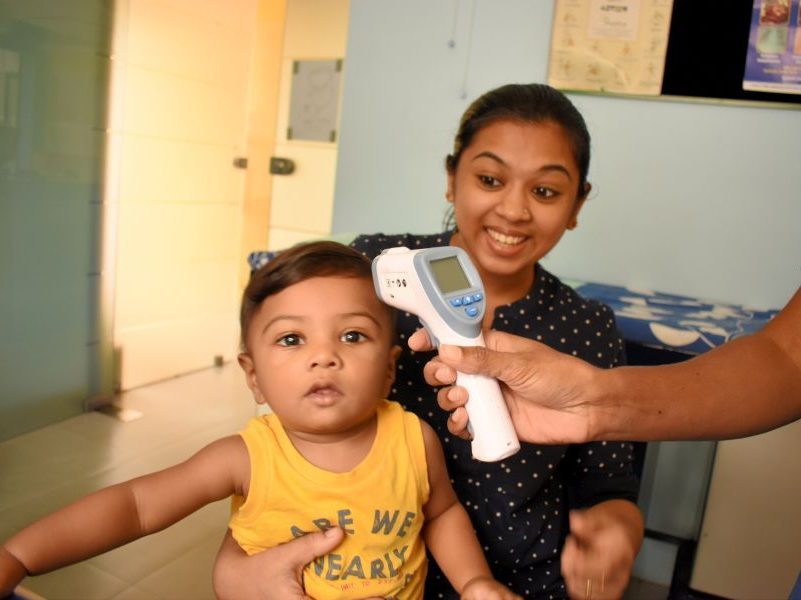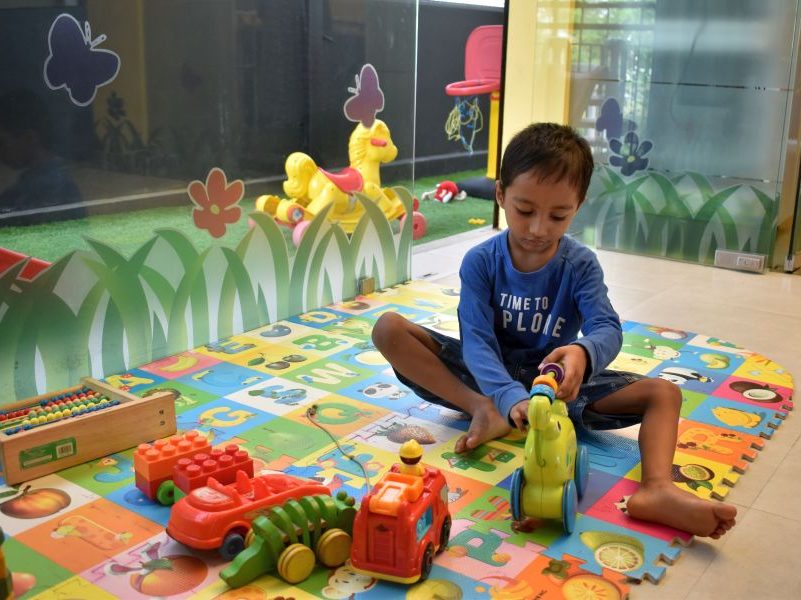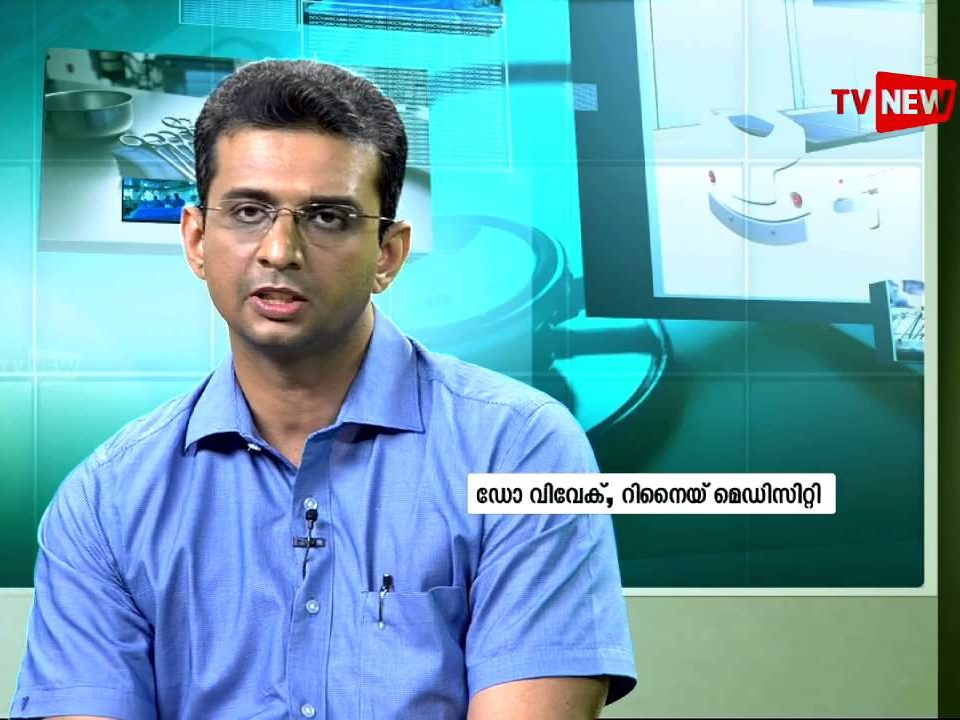
What is a Learning Disability?
- Home
- What is a Learning Disability?
A learning disability is a neurological disorder. In simple terms, a learning disability results from a difference in the way a person’s brain is “wired.” Children with learning disabilities are as smart or smarter than their peers. But they may have difficulty reading, writing, spelling, reasoning, recalling and/or organizing information if left to figure things out by themselves or if taught in conventional ways.
A learning disability can’t be cured or fixed; it is a lifelong issue. With the right support and intervention, however, children with learning disabilities can succeed in school and go on to successful, often distinguished careers later in life.
Parents can help children with learning disabilities achieve such success by encouraging their strengths, knowing their weaknesses, understanding the educational system, working with professionals and learning about strategies for dealing with specific difficulties.

At Milestones, every child is plotted height/Length. Head circumference, weight and the data is plotted in growth chart which helps…
read more
We have included some photos and information about our clinic, so you can explore our photo tour to learn more…
read more
Dr Vivek Speech on Learning Disabilities - Doctors Cabin | Tv New
read more